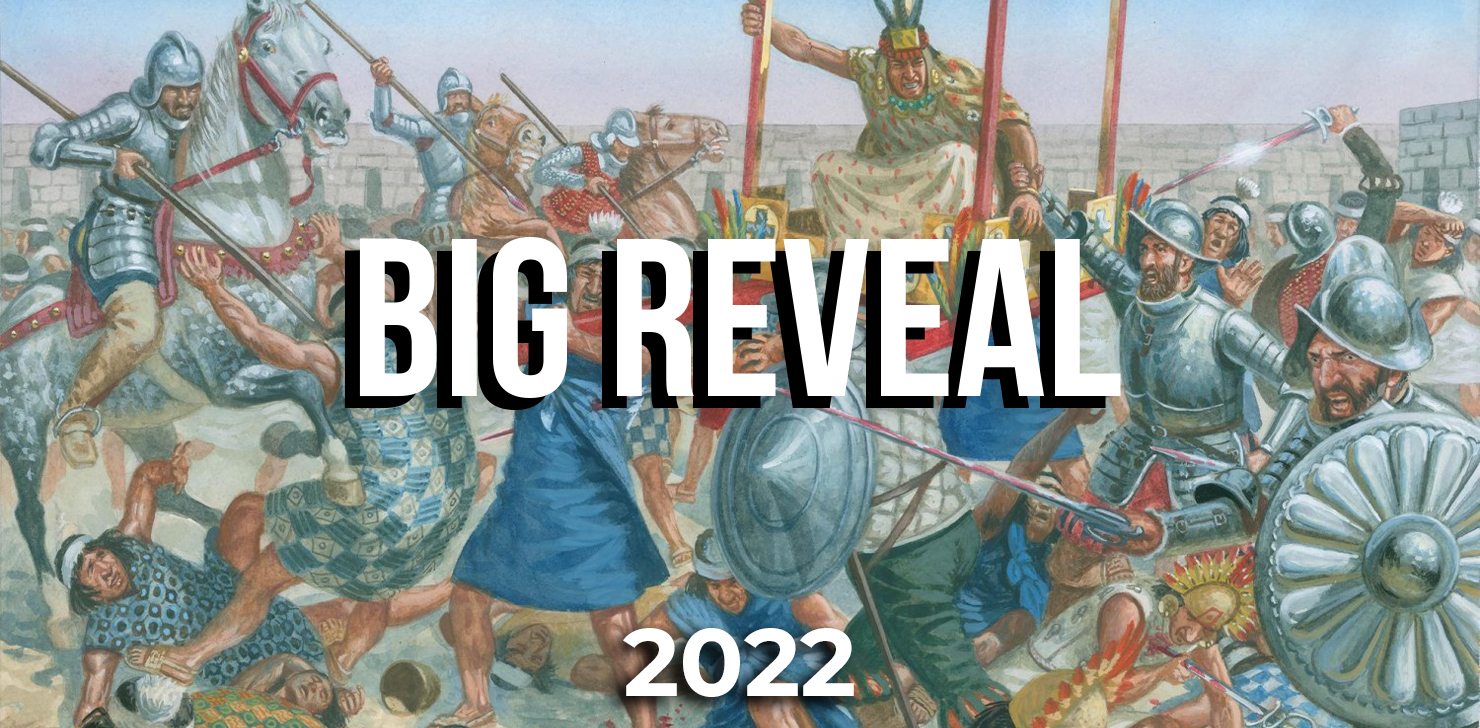
This summer we're unveiling all the titles we're publishing in 2023! Next up is the Essential Histories series. Senior Desk Editor Gemma Gardner takes us through what we can expect. Let us know which of these books you are most intrigued by in the comments.
The relaunched Essential Histories series features updates from the authors, new images throughout, and a reinvigorated design. Written by subject experts, each title provides an introduction to a major conflict or theatre of war, including the origins, politics, fighting and repercussions. They are fully illustrated with photographs and specially commissioned colour maps.
This year we have a great range of topics, from the Caesar’s Civil War to The Northern Ireland Troubles. I’m really looking forward to seeing all of these titles in print again, but my highlight for the Big Reveal is Anne Curry’s title on the Hundred Years War, a fascinating and accessible introduction to the most long-standing, and the most significant, conflict in western Europe in the later Middle Ages.
Let us know what you're most looking forward to in the comments!
Caesar's Civil War: 49–44 BC
By Adrian Goldsworthy
Fully illustrated with colour maps and images, this is an accessible introduction to Julius Caesar’s Civil War.
Julius Caesar and Pompey the Great were two of the greatest generals Rome had ever produced. Together they had brought vast stretches of territory under Roman dominion. In 49 BC they turned against each other and plunged Rome into civil war. In this book, Adrian Goldsworthy relates the gripping story of this desperate power struggle. Drawing on original accounts of the war, he examines how legion was pitched against legion in a vicious battle for political domination of the vast Roman world. The armies were evenly matched, but in the end, Caesar’s genius as a commander and his great good luck brought him victory in 45 BC.
The Korean War
By Carter Malkasian
In this fully illustrated introduction, Dr Carter Malkasian provides a concise overview of the so-called "Forgotten War" in Korea.
From 1950 to 1953, the most powerful countries in the world engaged in a major conventional war in Korea. Yet ironically this conflict has come to be known as the USA's "Forgotten War." Esteemed historian Dr Carter Malkasian explains how this conflict in a small peninsula in East Asia had a tremendous impact on the entire international system and the balance of power between the two superpowers, America and the USSR. In this illustrated history, he examines how the West demonstrated its resolve to thwart Communist aggression and the armed forces of China, the Soviet Union and the United States came into direct combat for the only time during the Cold War.
The Hundred Years War: 1337–1453
By Anne Curry
An illustrated overview of the Hundred Years War, the most long-standing, and the most significant, conflict in western Europe in the later Middle Ages.
There can be no doubt that military conflict between France and England dominated European history in the fourteenth and fifteenth centuries. The Hundred Years War is of considerable interest both because of its duration and the number of theatres in which it was fought. Drawing on the latest research for this new edition, Hundred Years War expert Professor Anne Curry reveals how the war can reveal much about the changing nature of warfare: the rise of infantry and the demise of the knight; the impact of increased use of gunpowder and the effect of the wars on generations of people around it.
Fully illustrated with specially commissioned maps and 50 images, this is a concise introduction to the Hundred Years War and its lasting effects on European history.
The American Revolution: 1774–83
By Daniel Marston
Updated and revised, with full-colour maps and new images throughout, this is a concise study of the American Revolutionary War.
The American Revolution, or the American War of Independence, has been characterized politically as a united political uprising of the American colonies and militarily as a guerrilla campaign of colonists against the inflexible British military establishment. In this book, Daniel Marston argues that this belief, though widespread, is a misconception. He contends that the American Revolution, in reality, created deep political divisions in the population of the Thirteen Colonies, while militarily pitting veterans of the Seven Years' War against one another, in a conflict that combined guerrilla tactics and classic eighteenth century campaign techniques on both sides. The peace treaty of 1783 that brought an end to the war marked the formal beginning of the United States of America as an independent political entity.
The Northern Ireland Troubles: Operation Banner 1969–2007
By Aaron Edwards
Updated and revised, with full-colour maps and new images throughout, this is a concise study of the British campaign in Northern Ireland, one of the most controversial actions in recent history.
Using personal testimony from both sides of the sectarian divide as well as military involvement, this book reveals the complicated yet fascinating history of modern Britain's longest military campaign. Aaron Edwards considers the strategic, operational and tactical aspects of the 38-year operation, codenamed Banner, which went through a number of phases. It began as a peacekeeping operation, morphed into a counter-insurgency operation and ended as a policing and counter-terrorism force. Banner was massive in scale. No fewer than 10,000 troops were on active service throughout the campaign and at one point as many as 30,000 men and women were deployed on Ulster's streets. Fully illustrated with photographs and specially-commissioned maps, this book presents an authoritative introduction to the 'Troubles', providing a strategic analysis of the successes and failures of the campaign.


Comments
You must be logged in to comment on this post. Click here to log in.
Submit your comment